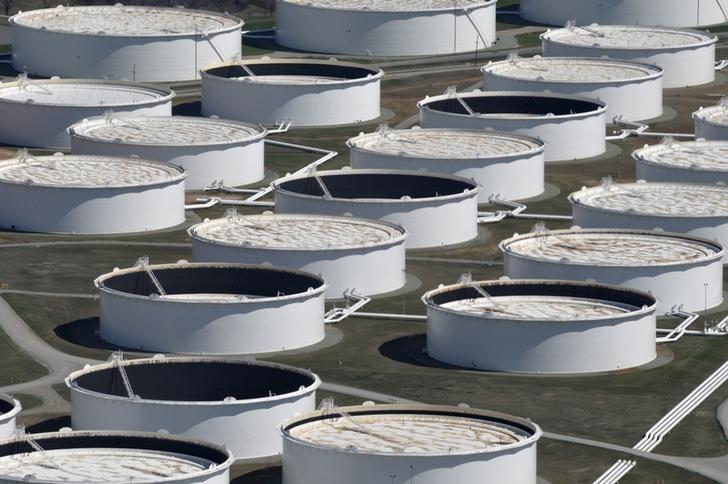LONDON—Oil traded near a one-month high on Friday after the United States fired missiles at a Syrian government airbase, sending shockwaves through global markets and raising concerns that the conflict could spread in the oil-rich region.
The toughest U.S. action yet in Syria’s six-year-old civil war has ramped up geopolitical uncertainty in the Middle East.
Oil, gold, foreign exchange and bonds initially reacted strongly to the attack but reversed some of the sharp moves later in the session after the release of weaker than expected monthly U.S. employment figures.
Brent crude futures were up 15 cents at $55.04 a barrel at 1336 GMT after reaching an intraday peak of $56.08, the highest since March 7, shortly after the U.S. missile strike was announced.
U.S. West Texas Intermediate (WTI) crude futures were up 22 cents at $51.92 a barrel, having reached an intraday high of $52.94.
“Oil markets are back in bullish mode after the setback of the previous weeks. This news flow seems to bring geopolitical risks back on the radar,” said Frank Klumpp, oil analyst at Landesbank Baden-Wuerttemberg, based in Stuttgart, Germany.
Although Syria has limited oil production, its location and alliances with big oil producers in the region mean any escalation of the conflict has the potential to increase supply-side fears.
Oil pared some of the gains later in the session as concerns about an escalation faded and U.S. economic data weighed on global markets.
Other analysts said the conflict in Syria had no bearing on oil fundamentals and the political risk premium could fall as quickly as it had appeared.
“This might just be a speculative move higher because there’s nothing fundamental that’s supporting this rise,” said Hamza Khan, head of commodities strategy at ING.
Nevertheless, oil futures had been on the rise in previous sessions on signs of higher U.S. demand and lower product inventories.
Traders eyed news from Canada, where two oil sands producers have cut production due to a shortage of synthetic crude following a plant fire.
“The production outages in Canada will ... continue to have a price-supportive effect,” said Carsten Fritsch, commodities analyst at Commerzbank.
In bearish news, non-OPEC producer Kazakhstan, which is part of a global oil cut deal, raised production last month despite its pledge to cut 20,000 barrels per day in the first half of the year.
Preliminary government data showed a 2 percent month-on-month rise in March.





